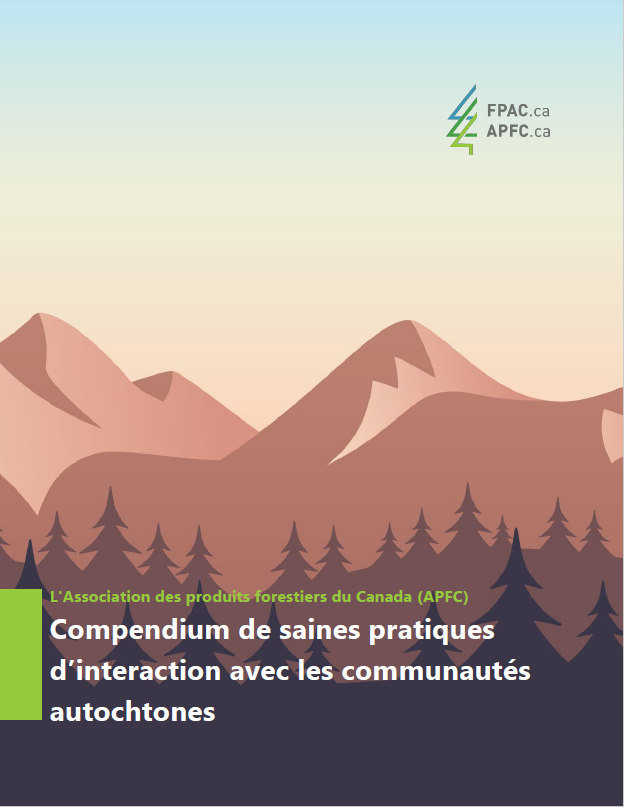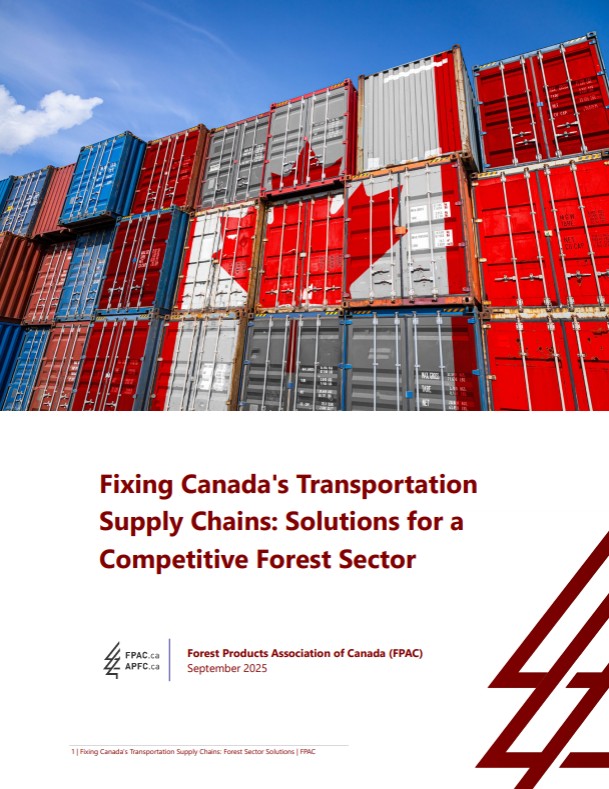The forest industry has numerous motivations to engage in relationships with Indigenous communities, community economic development corporations, and private Indigenous businesses. Forest companies may want to obtain new business opportunities, broaden supply chains for stronger competitiveness, obtain better access to forest resources, become more socially responsible and improve the image of companies, as well as attract and train Indigenous workers.
It is paramount to learn about partner Indigenous communities, as well as their histories within the context in which communities have operated within the sector. Each Indigenous community has its own history, traditions and aspirations.
Working with them requires sensitivity to and recognition of the fact that they are not homogenous. Contextual knowledge requires an understanding of the history of the community, their rights and their territories. The approach developed by the company must include a meaningful commitment to adapting corporate culture in a manner that addresses existing gaps, and aligns with the individual characteristics of each Indigenous community.
Current operating climate and culture
In the past, forest managers did not factor in the Indigenous relationship to the land, or the traditional and cultural significance of the forests to Indigenous Peoples. However, the dynamics between the Indigenous communities and the forestry industry have changed significantly, due to recent court rulings around the recognition of Indigenous land titles, and the constitutional duty to consult and accommodate Indigenous communities. There are further changes on the horizon as Canada begins to adopt the United Nations Declaration on the Rights of Indigenous Peoples (UNDRIP) into policy, and the translation to practice will be both an opportunity and a challenge. These changes are motivating the forest products industry to adjust their corporate culture and attitudes in terms of their business development and operational practices as they pertain to Indigenous relationships.
Relationship building
Acknowledging cultural differences is important to building positive relationships and will have an impact on all communications, decisions and activities. Indigenous Peoples’ traditional cultures are distinct from other cultures within Canada. Because Indigenous cultures were attacked throughout Canada’s history, it is important to understand and celebrate the diversity of Indigenous cultures as part of reconciliation and building positive relationships with Indigenous partners.
Culture is the whole of our everyday life. Specifically, it encompasses collective behaviours, norms, values, beliefs, customs, traditions, institutions, social orders, ways of life, intellectual outputs and capacities of a group of people or society. Value differences are one of the biggest obstacles encountered when non-Indigenous people try to work with Indigenous Peoples. Behaviours are visible, but values and beliefs, for example, can be more difficult to recognize, which can make it difficult to interact with confidence and in a positive, natural, and constructive manner.
It is important to put relationships before business. To do so, develop relationships through effective communication, meaningful time spent in community or boardroom, and seek to learn about, understand and celebrate Indigenous cultures, without imposing deadlines and demands.
Conflict resolution
When working with just one or many different Indigenous communities, it is important to remember that Indigenous people are not a monolith. This applies to Indigenous people of the same community who may disagree on certain issues. There are cases where community members, Elders, and the elected political leadership disagree on important issues, projects, and actions. This is to be expected of any diverse population. With that in mind, it’s important to talk to your community liaison to understand what meaningful engagement and obtaining consent looks like for their community. If you have followed their guidance and there are still disagreements about the project’s acceptance or actions, talk to your community liaison about how to resolve those issues.
Going forward
The approaches described in this compendium are a collection of evolving best practices rather than a script to follow. It is important to adapt each individual strategy according to the context of the environment. The role of the actors involved, their aspirations, the history of their relationships, the size and type of partnerships, as well as their capacities (i.e., human, financial, physical, social, natural), affect the steps and practices to pursue. In the end, each company will need to adopt its own unique approach, which will be influenced by their Indigenous partners.
The current compendium outlines the three main phases of effective Indigenous engagement – internal capacity development, relationship building, and relationship continuity – and then describes the specific steps needed to be taken.
Download the 2023 FPAC Indigenous Best Practice Compendium below to learn more.





.png)



